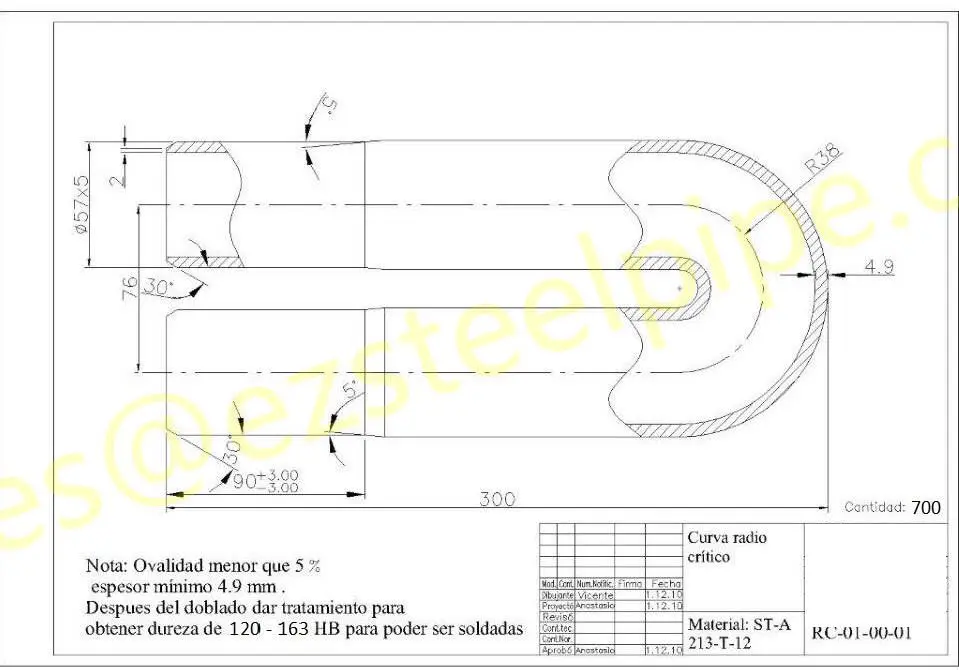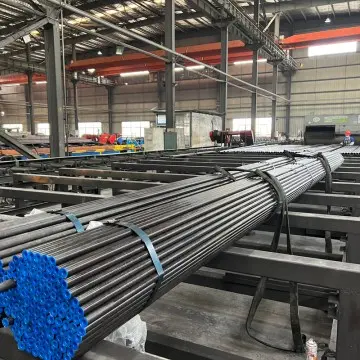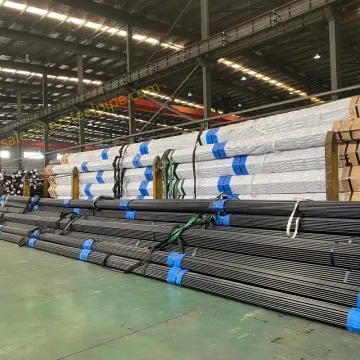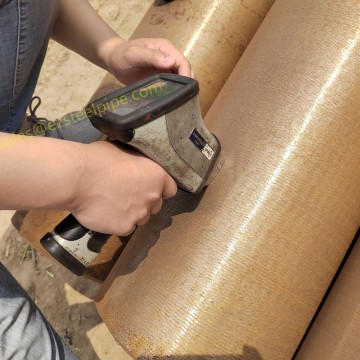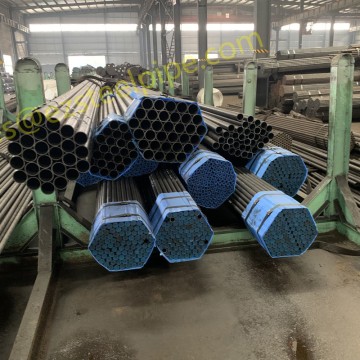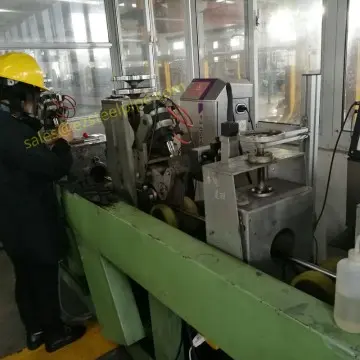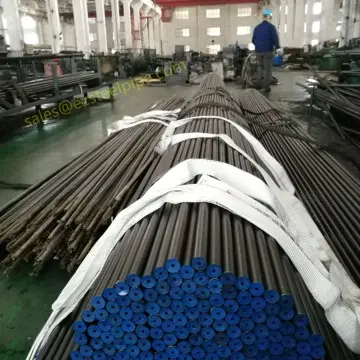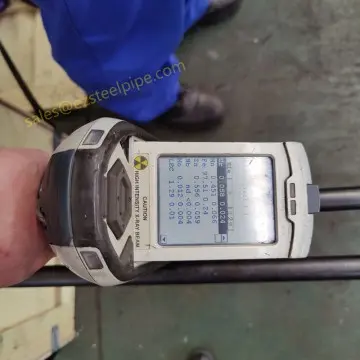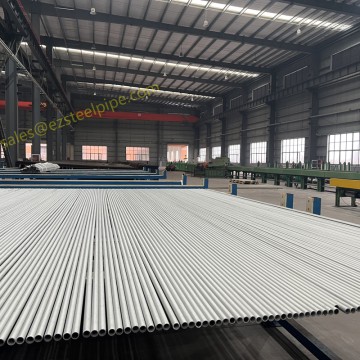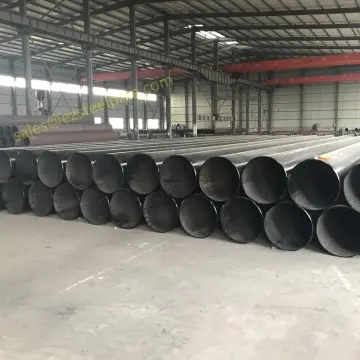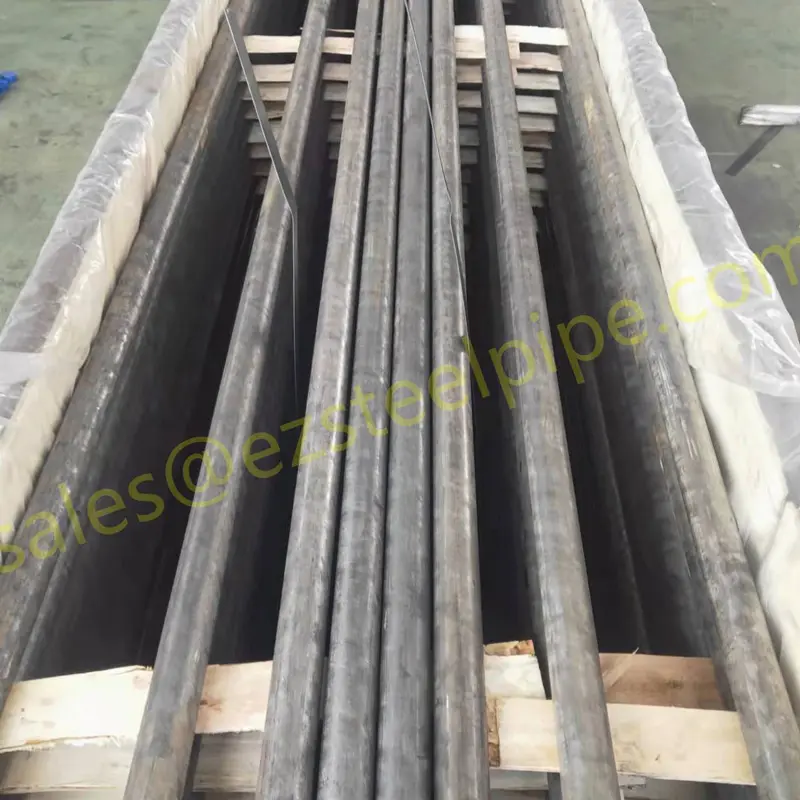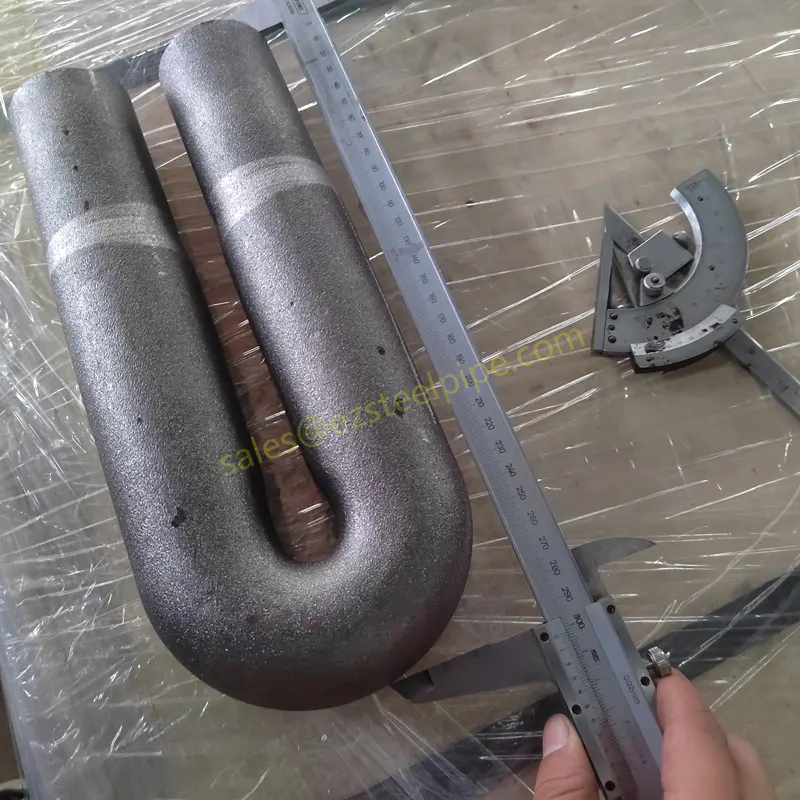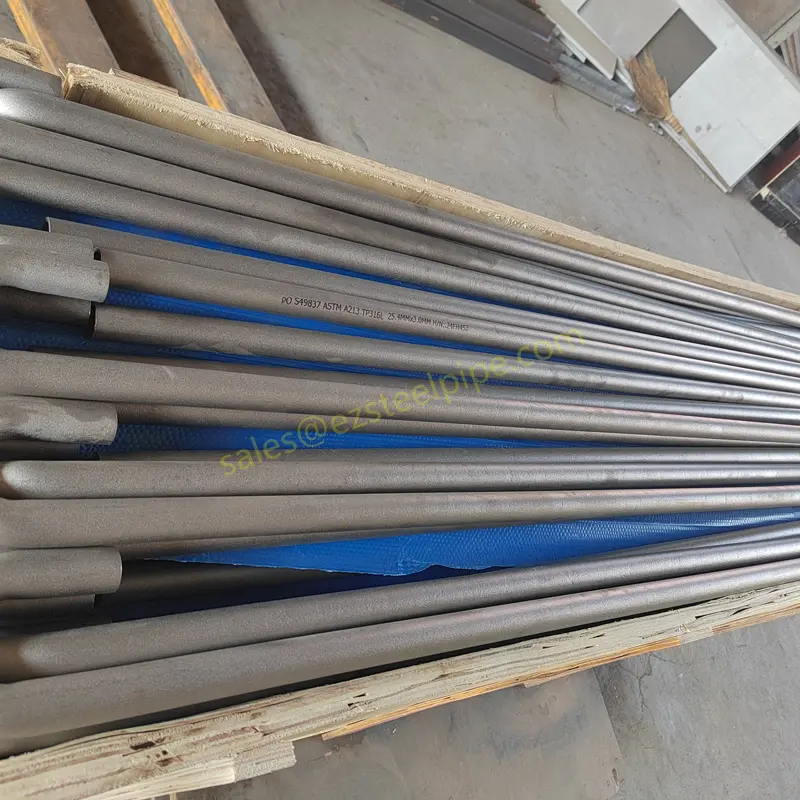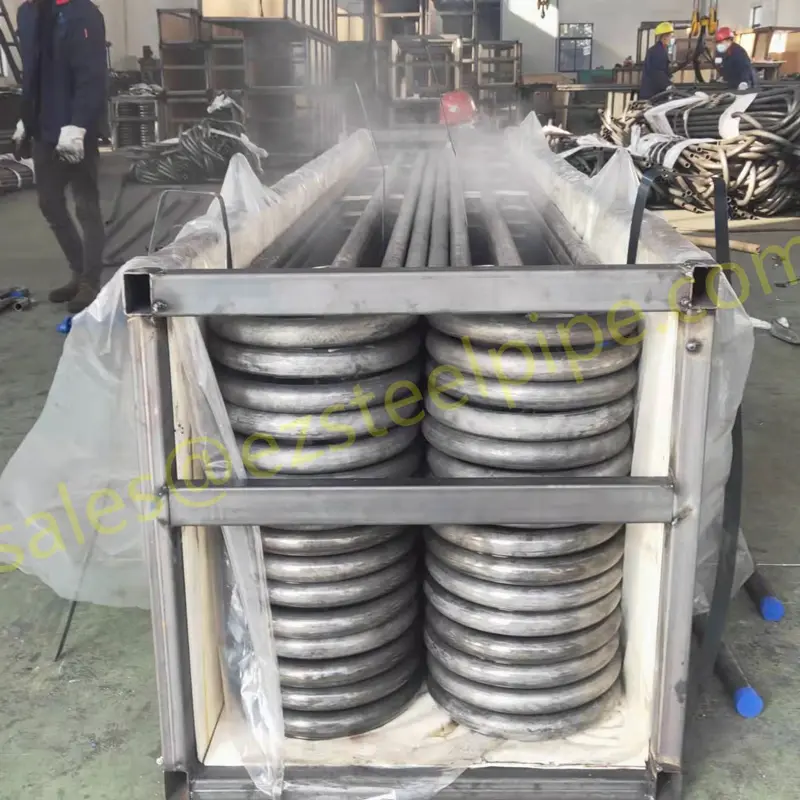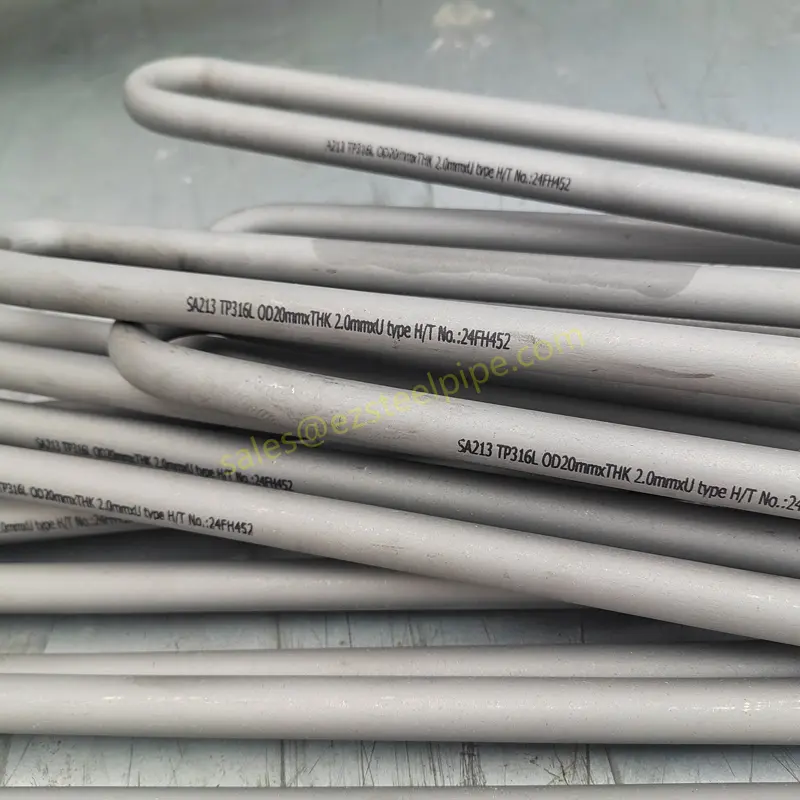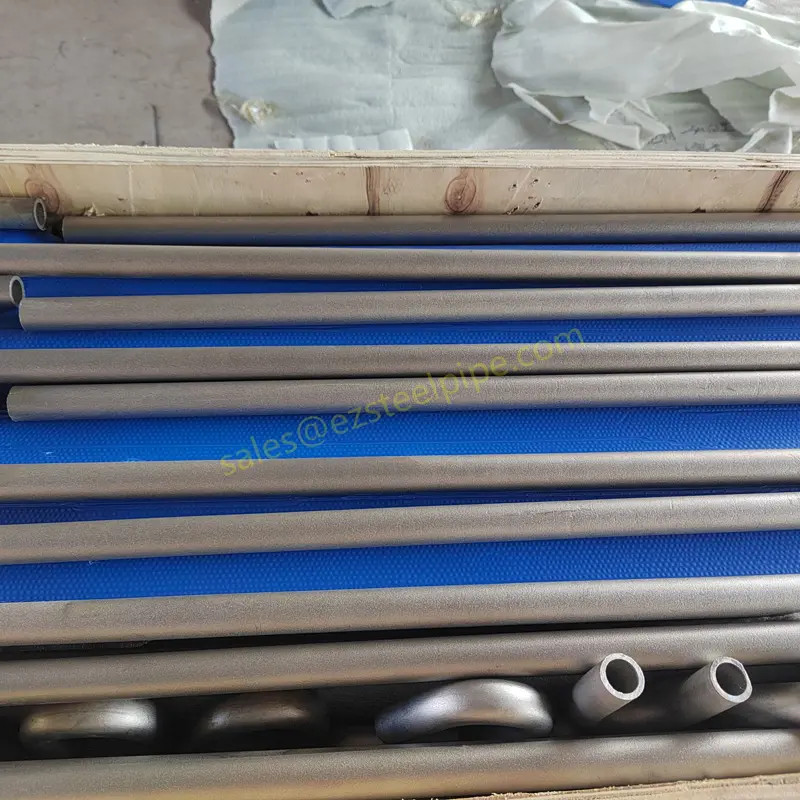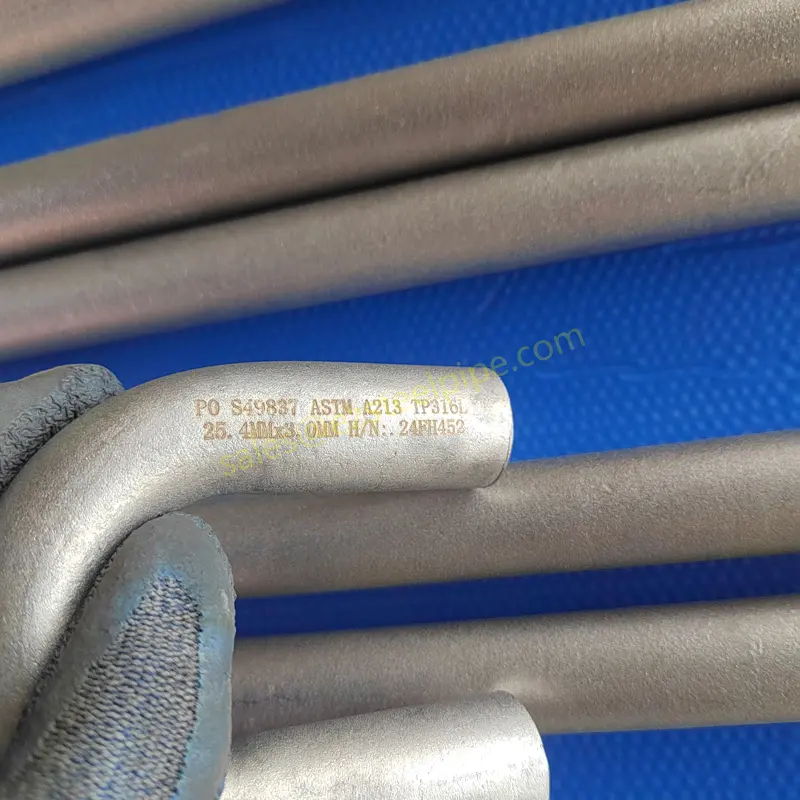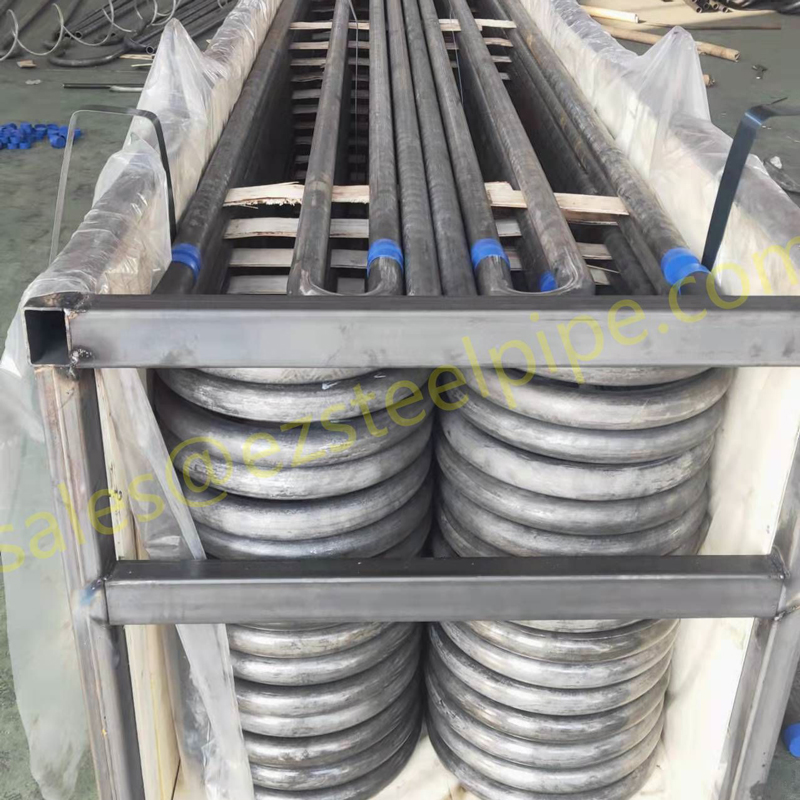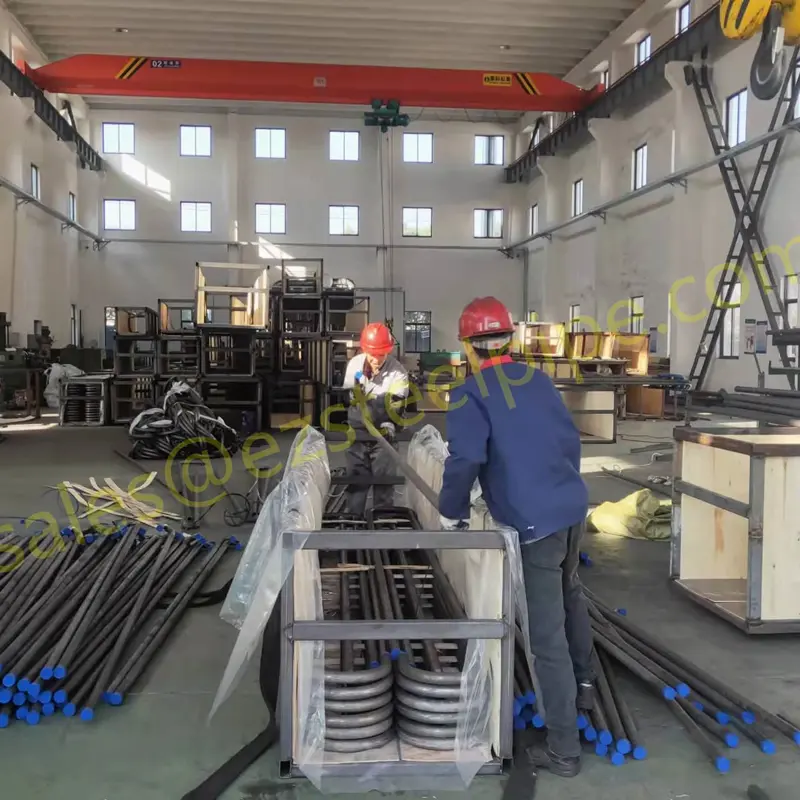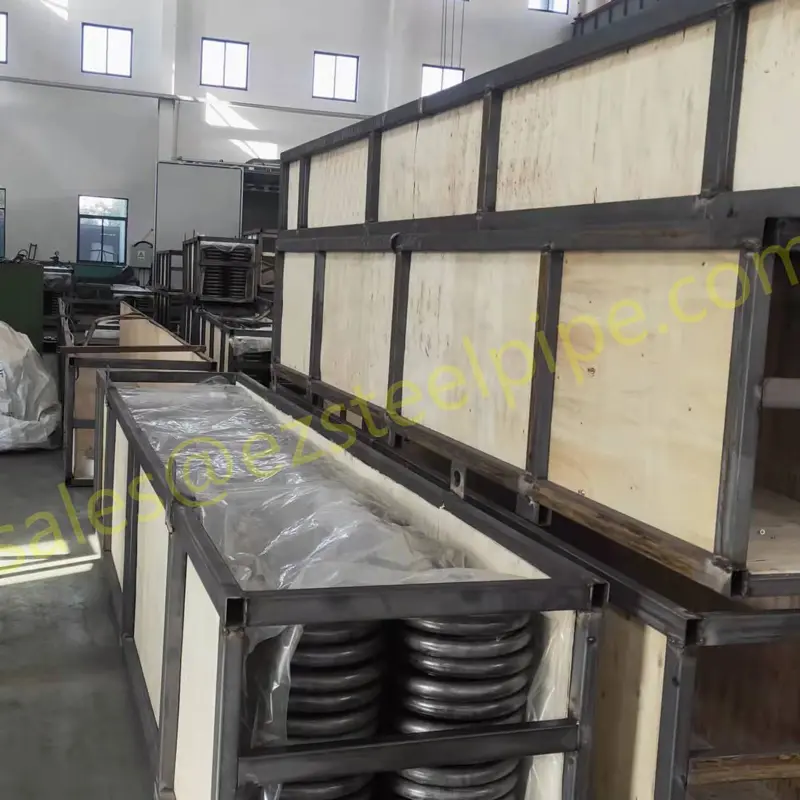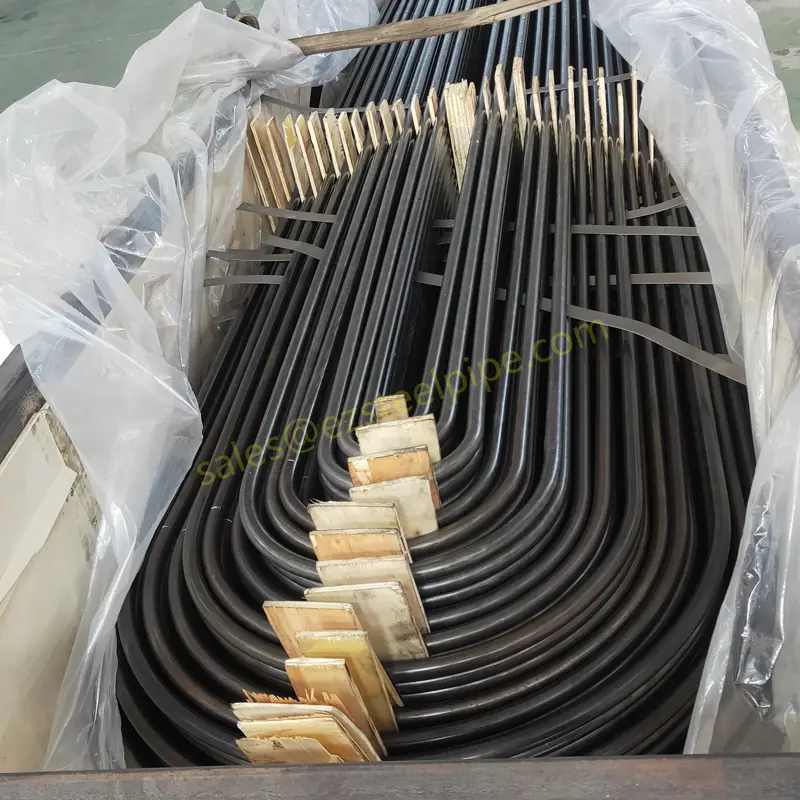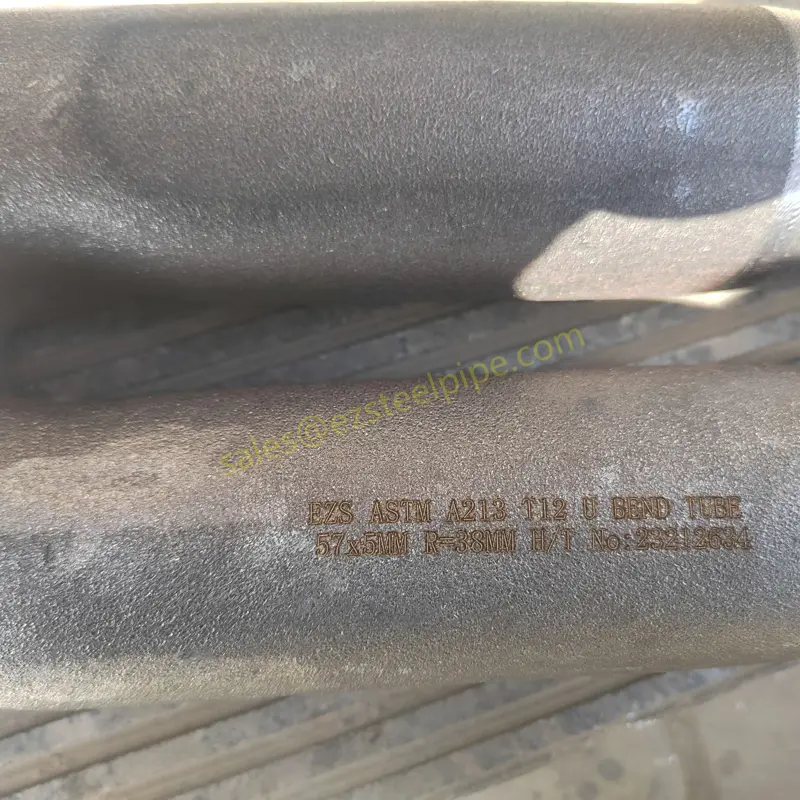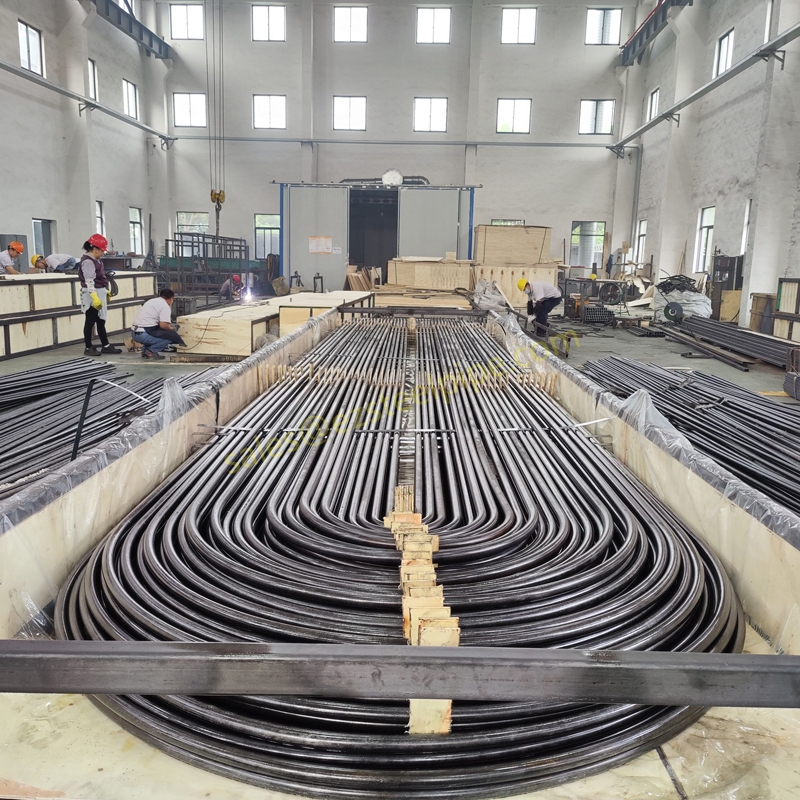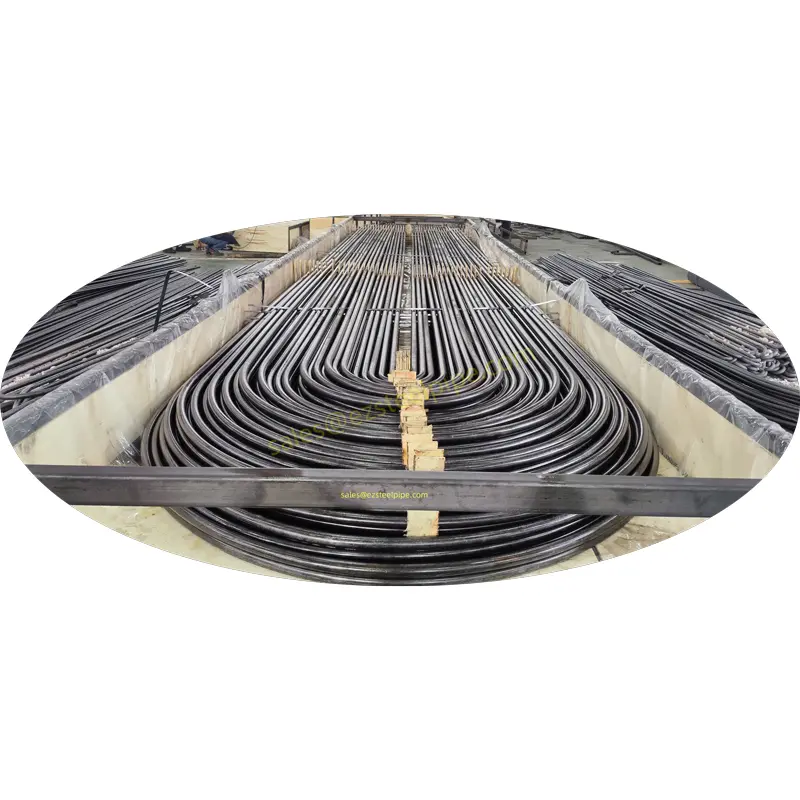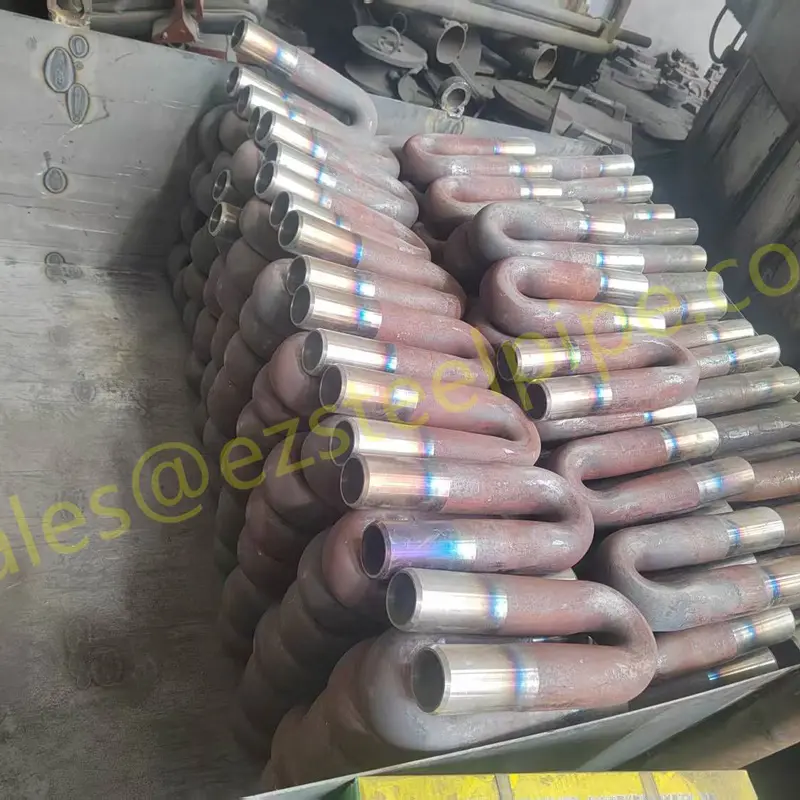- Carbon & Carbon Alloy Steel
- Stainless Steel
- Copper & Nickel Alloy
- Heat Efficiency Tubes
- Pipe Fittings
- Pipe Flanges
- Gasket, Stud Bolt &Nut
- Industrial Valves
01
U-type J-type Bend Tubing
Materials Selection
- Common materials: Stainless steel (SS304, SS316), carbon steel, copper alloys, titanium, or nickel alloys (depending on fluid corrosiveness and temperature).
- Ensure material meets ASME/ANSI, ASTM, or other industry standards.
Tube Bending Process
For U-Tubes:
- Mandrel Bending: Ensures smooth bends without wrinkles.
- Cold Bending (for small diameters): Uses hydraulic or rotary draw benders.
- Hot Bending (for large diameters/thick walls): Heating before bending prevents cracking.
- Minimum Bend Radius: Typically 1.5 to 3 times the tube outer diameter (OD) to avoid deformation.
For J-Tubes (Single Bend, 180° Return):
- Similar to U-tubes but with one straight leg longer than the other.
- Used where space constraints exist.
Key Manufacturing Steps
1. Cutting the Tube
- Tubes are cut to required lengths (including bend allowance).
- Ends deburred for smooth welding.
2. Bending the Tube
- CNG or hydraulic tube benders ensure precision.
- Laser/optical measurement checks bend angles and radii.
3. Heat Treatment (if needed)
- Stress relieving (for high-pressure/temperature applications).
- Annealing (for work-hardened materials like stainless steel).
4. End Preparation
- Beveling for welding (if tubes are welded to tube sheets).
- Expanding/rolling into tube sheets for a tight fit.
5. Testing & Inspection
- Hydrostatic/Pneumatic Testing: Checks for leaks.
- Dimensional Checks: Ensures bend radius and straight lengths meet specs.
- NDT (Non-Destructive Testing):
- Dye penetrant (PT) or Radiography (RT) for weld integrity.
- Ultrasonic Testing (UT) for wall thickness uniformity.
Assembly in Heat Exchanger
- U-tubes are inserted into the tube sheet and expanded/welded.
- The J-tube (if used for cleaning/inspection) may be installed as a removable bundle.
- Tube supports/baffles are added to prevent vibration.
Alternative Methods
- Prefabricated U/J-tubes: Available from suppliers for standard sizes.
- Welded Return Bends: For large diameters where bending is difficult.
Key Considerations
- Thermal Expansion: U-tubes naturally accommodate expansion.
- Fluid Flow: Ensure smooth bends to avoid pressure drop.
- Cleanability: U-tube bundles allow for chemical/mechanical cleaning.
- Standards Compliance: ASME Sec VIII (Pressure Vessels), TEMA (Heat Exchanger Standards).
Want to order the same ? Contact us Now to send your request!
